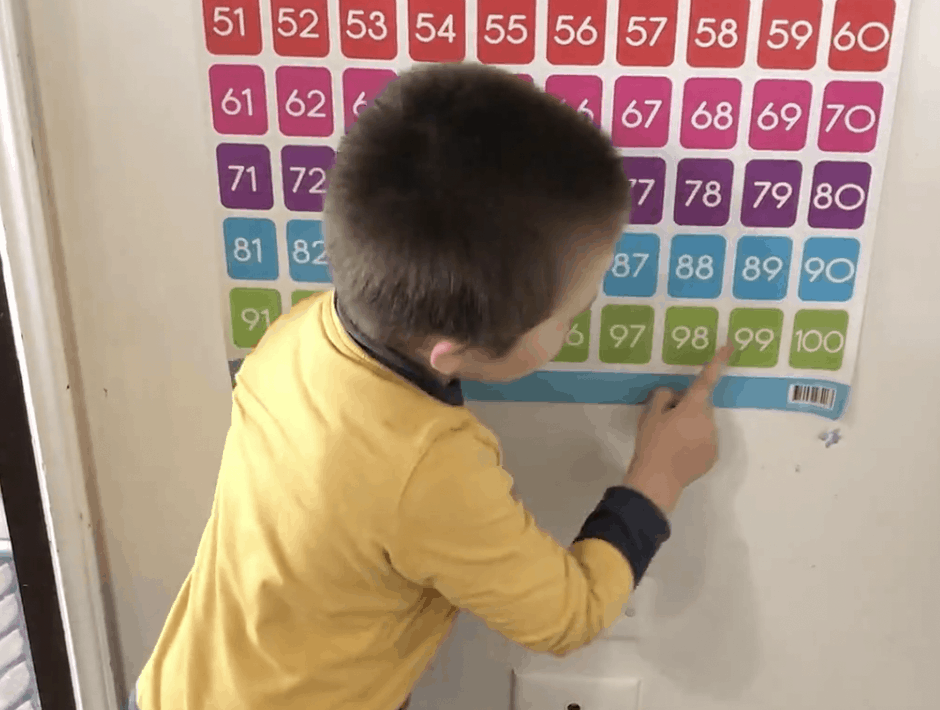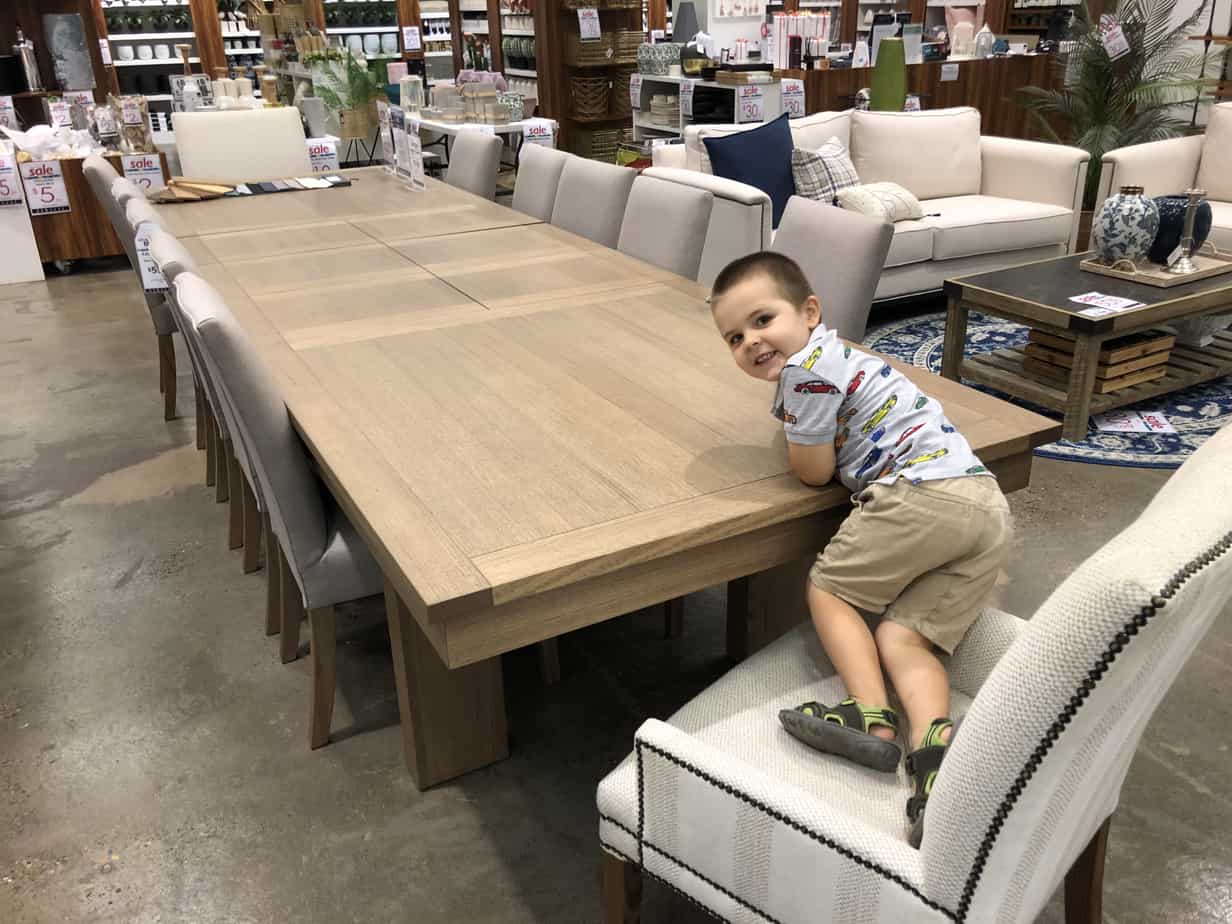A three year old who is beginning to speak should be able to say the first five numbers with ease as they’re mono-syllabic, they only have one syllable and therefore are easy to pronounce. With a little more push you could get them to count to ten.
This process will require time and effort from the educators point of view and may take several days. Be patient and continue with the routine as it will achieve the desired outcome of a child confidently being able to count.
Best Way To Teach 3 Years Old To Count

To start with any counting activity for young minds, have different types of toys. You might want to start with an array of toys, and another, being a set of books. Have at least 10 of each variety. What we want to be able to do when we count is associate a word with the quantity of objects we have on display.
Even though you have a set of animals, or books, that are all different by counting we want to associate the number with how many we have in a specific location.
Therefore, it’s important to not only have a different amount to count, but the order of how you count must also be different.
What you’re trying to do is to simply associate the quantity with the number of objects in a certain place, such as the table, or on the mat, or even a chair.
Then to start the exercise, say you are going to count how many toys (or books) you put on the table. It helps if the child already knows what a table, mat, or chair is so that they can help place the toys (or books) on that object.
Then start counting, and at each number state out aloud and clearly and place the counting item on the object.
“One”
Have your child echo the same word, and as they watch you place the item on the table (mat or chair) they’ll likely take an object from your stash and do the same. This is okay initially.
Then take another item and out loud state the number “Two”.
Have your child like as before echo the same word, and as they watch you place the item on the table they’ll mimic you and choose a toy and place it too.
“Two”
Keep this going for one more time up to the number three.
You’ll likely find their attention span might not last any longer, but by this point you’ve at least started with a small foundation with the basics from one to three.
Clear the objects from the table, and then start again. Do this to reinforce what you’re teaching your child, if possible use a different order and/or different toy. Try to show that irrespective of the toy that goes first on the table, the first number is “One”.
At the end of the second or third time, have the child do the process themselves, and this time count along with them, but don’t place any toys on the table. Have only one set of toys being placed. If your child insists you copy, then insist they do it themselves.
Once they’ve placed and echoed the number, then ask a question:
How many toys do we have on the table?
The child likely doesn’t know, and this is where we point to the toys and count how many there are on the table.
“One, two, three! There are three.”
Remove one of the toys from the table, and ask the same question again:
How many toys are there on the table?
Point to each toy as you count out aloud: “One, two! There are two toys on the table.”
Again, remove one more toy from the table and ask the question for the third time: how many toys are there on the table?
Pointing to the only toy left on the table, you say and have them echo: “One! There’s only one toy on the table.”
Repeat the placement of toys on the table again, and as you put each toy on the table, count out aloud with your child echoing. You can mix it up some times by miming the words, such that your child is the only one saying the word out aloud. Confirm anything they say and correct anything they get wrong.
Once your child has placed the number of toys again on the table, ask: “How many toys are there on the table?”
Wait for your child to answer. They may start counting from one again, which is good, but as they count out aloud point to each of the toys on the table, so that they can associate the count with the quantity of toys before them.
Change the quantity of books on the table to any random number, and ask again: “How many toys are on the table?”
Wait for your child to answer as they might be able to tell you without the need of counting each book, if they still need help, then point to each book and count out aloud.
Continue to change the quantity of toys on the table, and watch how your child is able to count each time.
It will be through the continual practice you will be able to train your child to count to 5, and then to 10, and then to 20, and then to 30, and then to 50, and then to 100. Begin to ask questions as you are out and about, ask how many objects there are when you are in the car, how many wheels you can see on the bus, how many apples you have put in the bag at the grocery store, how many balls you can see outside, how many swings in the park (etc).
Find as many opportunities to continually reinforce the counting principles.

Counting number of chairs at the table (3 year old + 6 months)
Summary
To conclude, one little challenge you can give your child to help it understand the concept of the number zero, is to ask your child how many books are on the table when there are no books on the table. Your child may look at your quizzically and say there are no books on the table, which is correct! But then you give them the answer: “Zero, when there is nothing to count the answer is zero.”
The goal of being able to count is the beginning of their journey in mathematics. By training your child early on simple mathematical concepts such as counting, addition and subtraction, you will have your child well trained and prepared before they start school which will also help with their confidence amongst their peers as they feel more comfortable when doing arithmetic tasks themselves. You just need a pound of patience at the beginning, but stick with it as it will be quite rewarding in the end.